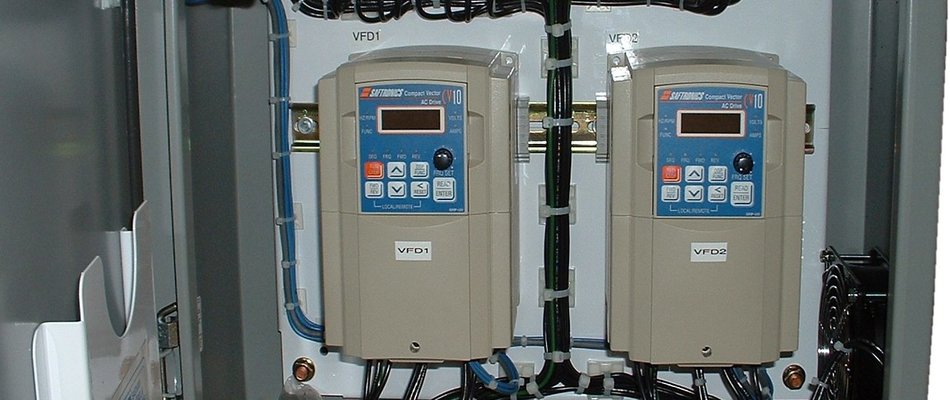By Marco Bieri, Energy Management Specialist
School HVAC systems are designed to keep the school ventilated and comfortable under the toughest scenarios, such as a full school on a cold winter day. Matching the amount of air introduced to a space to its demand will reduce energy usage for off-peak occupation. A variable frequency drive (VFD) can accomplish just this.
VFDs save energy in two ways. Firstly, electricity is saved because fans do not have to move as much air. Secondly, less energy is required because there is less air to heat or cool.
Saving electricity makes sense. If the fans don’t work as hard, less electricity is required. Natural gas savings are due to the introduction of less air into the facility, hence having less air to be heated or cooled.
VFDs are common in new buildings, especially when the building was designed with an emphasis on energy efficiency. Retrofitting existing HVAC systems to include VFDs is possible, but the ease of upgrading depends on the complexity of the current HVAC system.
VFD retrofits are most cost effective in spaces where one air handler serves a single zone that has a variance in occupancy. This includes gyms, auditoriums and large multipurpose spaces. Makeup air systems (which use 100% outside air) also benefit from VFDs since they draw more air in, meaning more air to move and condition.
It is less cost effective to retrofit an air handling unit that serves multiple zones with various load profiles because ventilation isolation measures such as dampers or variable air volume boxes have to be installed. For example, an air zone that has a few full classrooms and a few empty classrooms would not benefit as much from a VFD compared to a single zone system.
Systems with small fans are not the best candidates for VFDs, simply because the cost savings may not be worth the installation. A good rule of thumb – fans larger than 5 horsepower will have a worthwhile payback with a VFD.
We did a project at Howe Sound Secondary School that benefited from installing a VFD. Before the upgrade, one air zone with a big unit serviced a library, a large multipurpose area and a few classrooms at once. The system had 60% of the air going to the multipurpose area and the library. The remaining 40% of the air served the classrooms, which were the largest occupied spaces. Three zones were isolated allowing the system to adjust ventilation based on the occupancy and need of each separate zone. This zone isolation enabled savings of 40% with a payback of 5 years.
